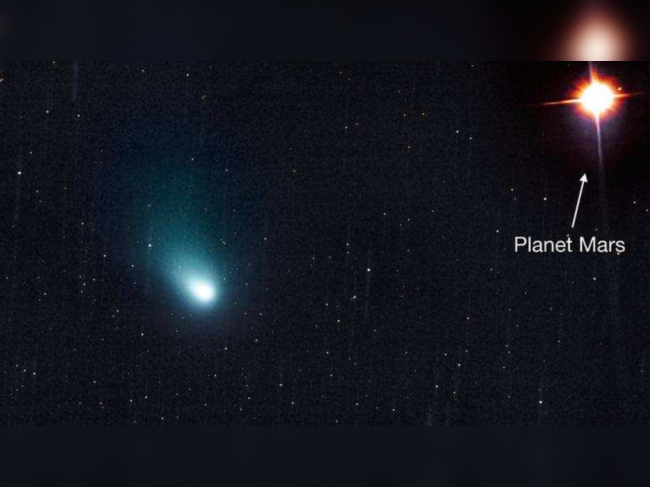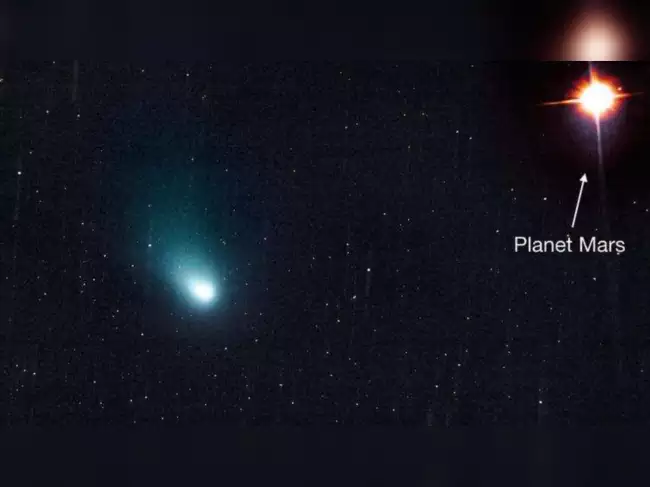
Now, 2,000 years later, we still write stories of epic adventures beyond Earth to meet otherworldly beings (Hitchhiker’ ..
When looking for life beyond Earth, we are faced with two possibilities. We might find basic microbial life hiding somewhere in our Solar System; or we will identify signals from intelligent life somewhere far away.
It is this second possibility which really excites me, and should excite you too. A detection of intelligent life would fundamentally change how we see ourselves in the Universe.
In the last 80 years, programmes dedicated to the search for extraterrestrial intelligence (SETI) have worked tirelessly searching for cosmic “hellos” in the form of radio signals.
One of the most exciting searches to date is Breakthrough Listen, the largest scientific research programme dedicated to looking for evidence of intelligent life beyond Earth.
This is one of many projects funded by Russian entrepreneurs Julia and Yuri Milner, with some serious dollars attached. Over a ten-year period a total amount of USD 100 million will be invested in this effort, and they have a mighty big task at hand.
This unique facility is another exciting project, able to search for signals every day of the year. This project is currently upgrading the hardware and software on the original dish, including the ability to target several stars at once. This is a part of the non-profit research organisation, the SETI Institute.
The SETI Institute is also looking for signals that would be best explained as “space lasers”.
Some astronomers hypothesise that intelligent beings might use massive lasers to communicate or even to propel spacecraft. This is because even here on Earth we’re investigating laser communication and laser-propelled light sails.
As of writing this article, sadly no alien laser signals have been found yet.
It’s always interesting to ponder who or what might be living out in the Universe, but there is one problem we must overcome to meet or communicate with aliens. It’s the speed of light.
Everything we rely on to communicate via space requires light, and it can only travel so fast. This is where my optimism for finding intelligent life begins to fade. The Universe is big – really big.
Did your optimism just fade too? That is okay, because here is the wonderful thing… we don’t have to find life to know it is out there, somewhere.
We can’t fully constrain the parameters we need to estimate how many other lifeforms might be out there, as famously proposed by Frank Drake, but using our best estimates and simulations the current best answer to this is tens of thousands of possible civilisations out there.
Don’t Forget The Tiny Aliens
So, despite keenly listening for signals, we might not find intelligent life in our lifetimes. But there is hope for aliens yet.
Mars will continue to be explored – eventually by humans – which could allow us to uncover and retrieve samples from new and unexplored regions.



